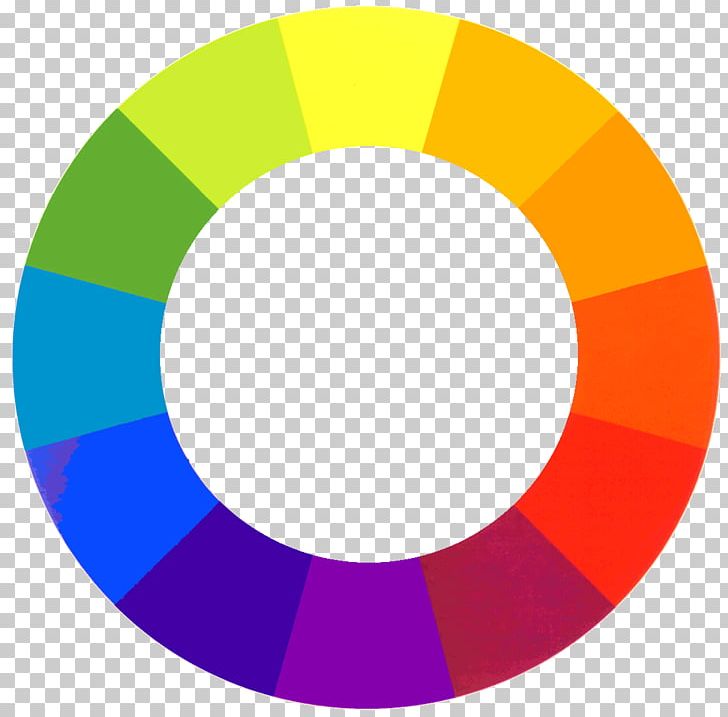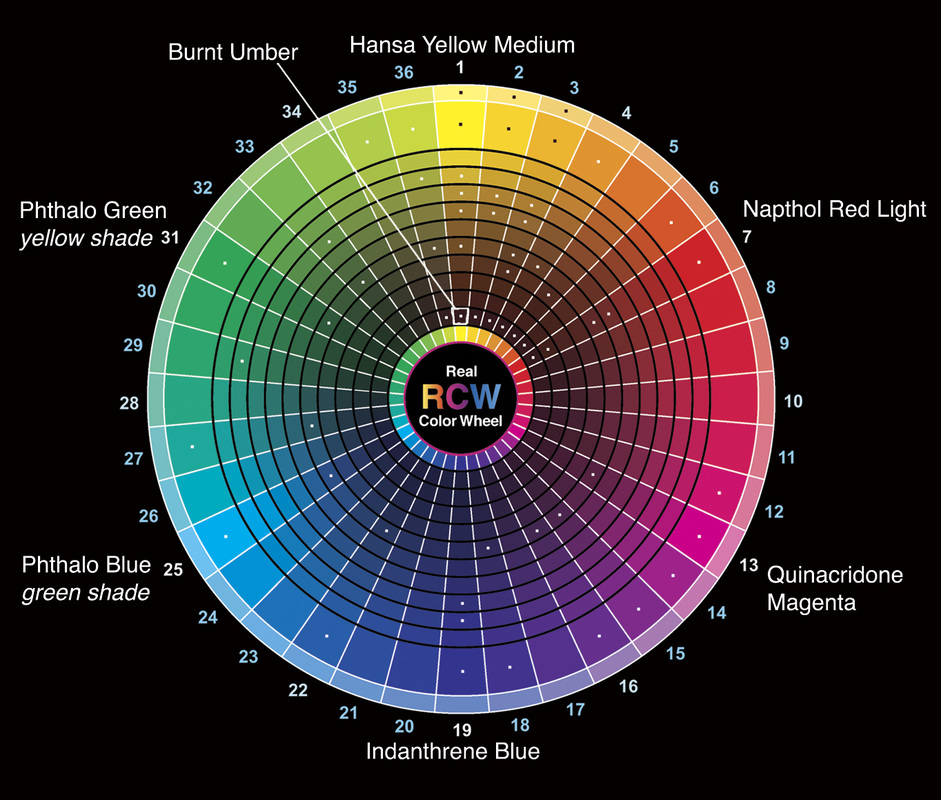

The silver tree reigned supreme, however, and aluminum Christmas trees in colors other than silver are quite hard to find today. Some had as few as two dozen branches others had as many as two hundred and fifty! Not content to offer just silver-colored trees, manufacturers soon offered colored aluminum trees as well – green, blue, red, gold and even pink ones. Soon, several dozen companies offered all sorts of aluminum Christmas trees for sale – tabletop versions, wall mounted versions, and free-standing versions in four foot, five foot, six foot, seven foot and even eight foot sizes. The initial success of these trees in the marketplace encouraged other manufacturers to make them, as well. Instead, lighting was provided separately by a rotating color wheel – a spotlight with three or four colored lenses that changed the apparent color of the tree as the lens rotated in front of the light. Aluminum trees had a unique, “modern” look that appealed to consumers during the Space Age, they easy to set up and take down and they did not require the stringing of lights, due to the potential of electrical shock. Introduced to the market in 1959 by the Aluminum Specialty Company of Manitowoc, Wisconsin, the aluminum Christmas tree soon became a staple in people’s homes at Christmastime. You may find these items for sale in our store. You will see trees from such companies as Evergleam, Revlis, Warren, Silver Pine, and Krystal, and color wheels and tree turners from such companies as Spartus, Penetray and Holly Time.

Here you will find classic, original aluminum Christmas trees, color wheels, and rotating tree turner stands from the Space Age. Selecting a region changes the language and/or content on, we provide an opportunity to shop for original, vintage Aluminum Christmas Trees and accessories. See what you can create using just two shades. Black and white alone can perfect shading and light in your work. On paper or digitally, you can open new doors in design by employing a deeper comprehension of black and white and their relationships to other colors. “And if you print only 100 percent black, it’s going to look wimpy.” It’s going to oversaturate your paper,” Presler explains. “When you print with all the colors cranked up to 100 percent, it’s going to look like a mess. That’s because the right combination of CMYK actually produces a darker-looking black than just 100 percent black ink.Īvoid the temptation to turn the levels up even higher on CMYK.
Light color wheel code#
When you convert a file from RGB to CMYK in InDesign, Photoshop, or Illustrator, it will automatically convert pure RBG black (hex code #000000) to rich black, a combination of 60 percent cyan, 40 percent magenta, 40 percent yellow, and 100 percent black.

Or ask your print shop which setting is best. Turning your screen brightness to 75 percent is a safe bet. Then calibrate your screen brightness to better imitate printed work. To print digital work, first convert your work from an RGB file into a CMYK file. This is why printable files are called CMYK files. Printing also uses subtractive colors cyan (C), magenta (M), yellow (Y), and key or black (K) are the primary inks used. Painters can combine several colors to make what looks like black paint. Subtractive colors are made of light that’s already passed through material. The color of pigments and inks are subtractive. Subtractive colors combine to create black. So what is black on a screen? No lit phosphors. When working with color digitally, like in Adobe Photoshop or Illustrator, your screen uses different combinations of these lights to create all the colors you see. Each pixel is composed of three tiny specks of phosphor, which emit red, green, or blue light when struck by an electron beam. You’ll also hear this model referred to as RGB, because when you work with additive color, you use red, green, and blue as primary colors.Īdditive color is used in digital design, because computer screens show hues with colored light. In this model of color theory, the combination of all colors creates the perception of white. Light and electromagnetic radiation both create additive color. The way to create black or white depends on whether you’re working with an additive color model (light-based) or a subtractive color model (ink-based). What colors make black? What colors make white?


 0 kommentar(er)
0 kommentar(er)
